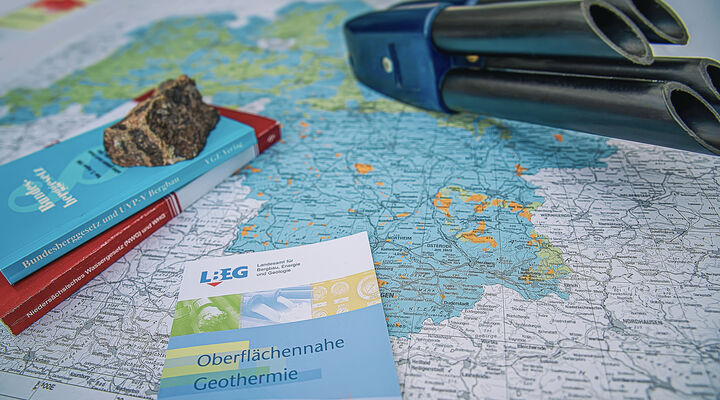Dr. Jens Clausen from the Borderstep Institute proved that this does not always have to be the case when he reported on heat pump applications in existing buildings of renovated flats. Especially in existing buildings, geothermal heat pump systems show their advantage due to their independence from outside temperatures and lead to high efficiencies.
We are pleased that M&P ENERGY was represented with a presentation for the second year in a row. Our authorised signatory Marius Raabe reported on his experience in planning and operating geothermal probe fields to supply five apartment buildings in Hanover. He made it clear that there is also potential for optimisation in new buildings.
In principle, the development of geothermal energy in northern Germany can be implemented very well and is only subject to restrictions in a few regions. In many areas of Lower Saxony and also in the example project in Hanover, the claystone is encountered after a few metres of near-surface sand. Since this is not water-bearing, heat is transferred via the rock itself (conductive). Here, operation as a pure heat source for heating purposes leads to cooling of the ground in the long term, because the annual withdrawal of natural replenishment is predominant. At the same time, a borehole heat exchanger field in solid rock offers the advantage of a seasonal heat store. This means that waste heat in summer can be saved until winter with very little loss. In addition, the heat pump benefits from consistently good flow temperatures and high efficiency over the entire operating period.
This principle has also been adopted in the Gundlach [MR1] Herzkamp project in Hanover. Here, the probe fields are actively regenerated in summer by so-called PVT - a combination of photovoltaics and solar thermal energy. These combined modules make optimal use of the available roof area. A fluid circulates behind the PV cells and cools the module. This leads to up to 30 % higher electricity yields, especially at particularly high temperatures. The resulting waste heat can be used to preheat hot water. The surplus is used for active regeneration of the underground. The result is a very efficient system that leads to low electricity use by the heat pump and requires no fossil energy at all. Via a cold local heating network, waste heat (from bakeries, sewers, process heat, etc.) could also be used in the seasonal underground storage.
Geothermal energy has been tried and tested for decades, but is now gaining more importance than ever. This is also the view of Environment Minister Christian Meyer, who personally contributed to a successful event with a keynote speech on state policy.
Review and lectures: Review of the 14th North German Geothermal Conference - Klimaschutz- und Energieagentur Niedersachsen (klimaschutz-niedersachsen.de)
Is geothermal development also an option for your neighbourhood?
We would be happy to check the suitability for you!
We as the project team at M&P ENERGY GmbH are proud to be driving the heat revolution forward.




